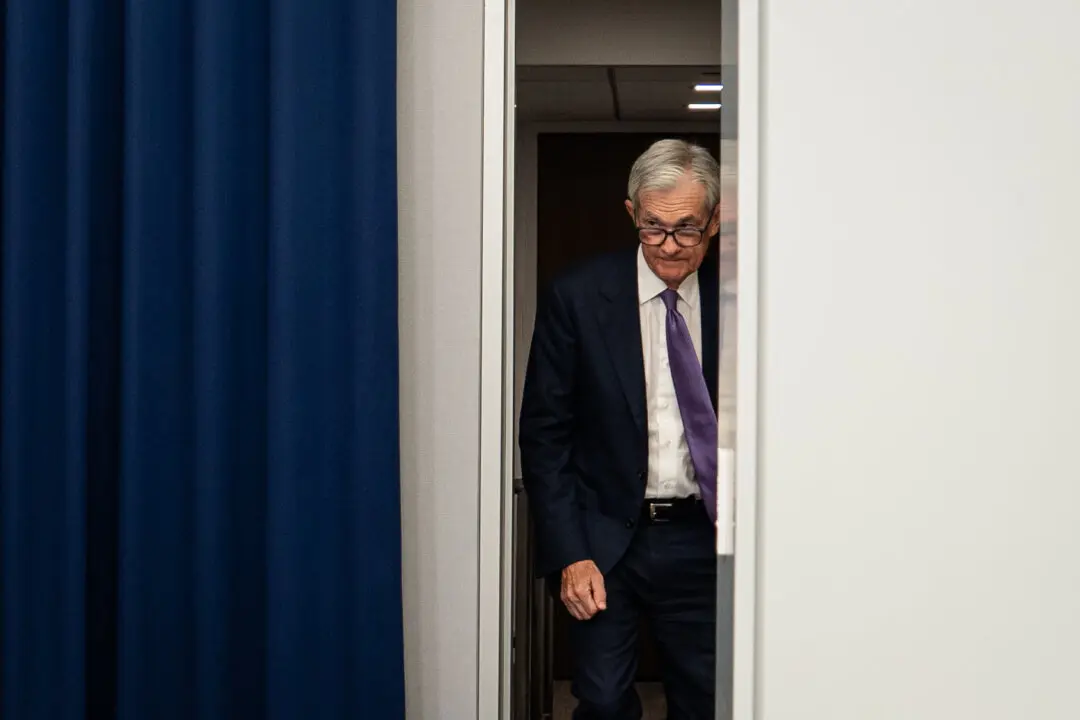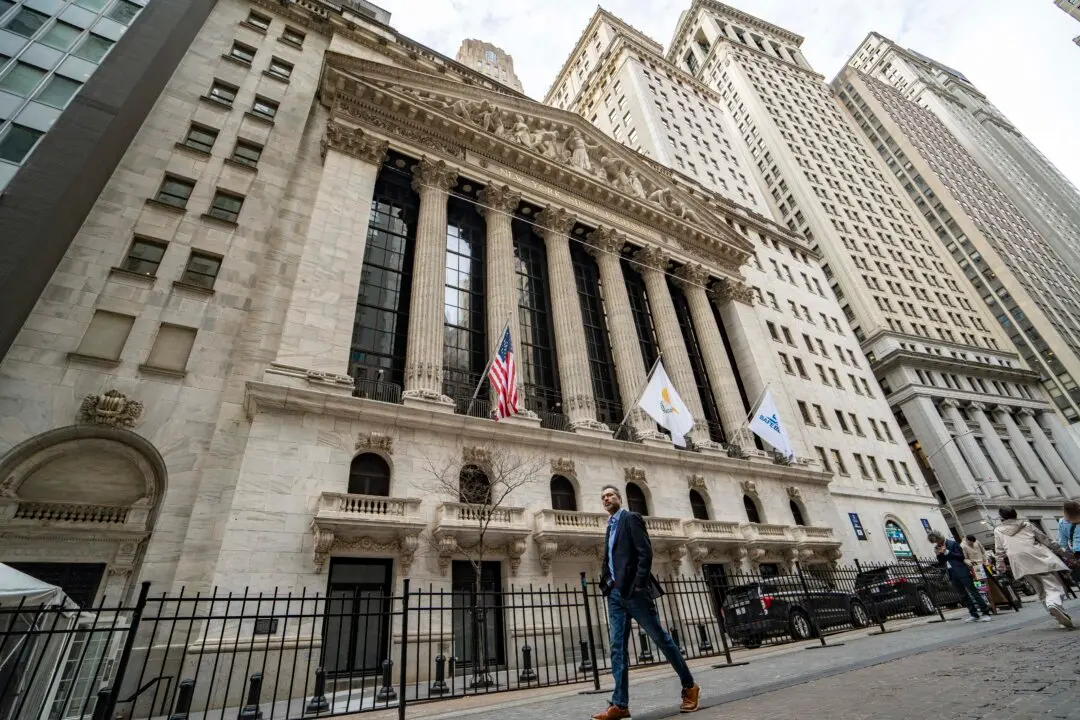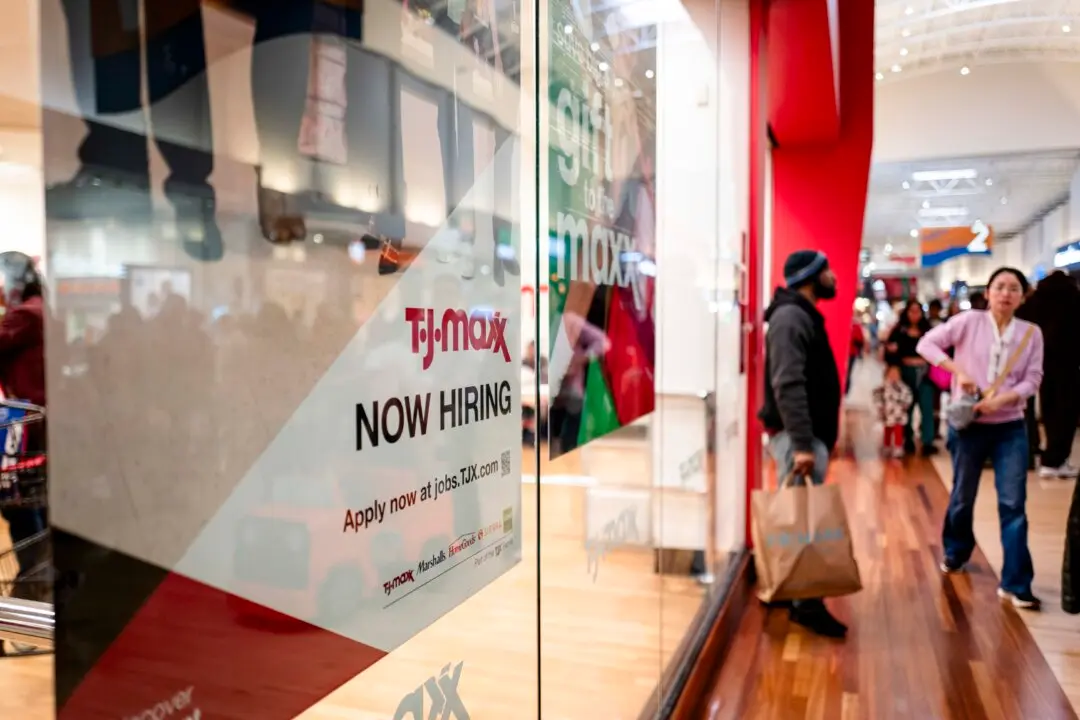The Federal Reserve has raised interest rates for the first time since 2018, with six more rate hikes planned for 2022. The central bank’s tightening could have a considerable effect on U.S. borrowers and consumer spending trends moving forward, experts say.
U.S. consumers could be challenged by a broad array of “brisk headwinds that only seem set to intensify” in the coming months, according to Scott Anderson, chief economist at Bank of the West.





